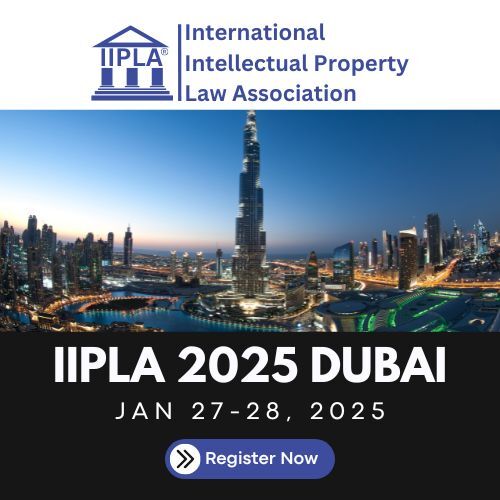The United States Supreme Court reached the unanimous conclusion that patent claims covering a genus of antibodies defined in part by functional limitations were not enabled by the specification as required by 35 U.S.C. 112. This was the result of an investigation into whether its enablement law applies to the life sciences. Amgen Inc., and others v. Sanofi and Others, The No. 21-757 (S. Ct. May 18, 2023) (Gorsuch, J.).
Amgen holds a patent on a class of antibodies that block the body from removing cholesterol from the bloodstream by binding to amino acids on the PCSK9 protein. One of these antibodies was present in Sanofi’s Praluent® and one in Amgen’s Repatha®. Sanofi was sued by Amgen for infringement. After a preliminary, a US Court of Allures for the Government Circuit bid, a remand, and an ensuing preliminary, the Bureaucratic Circuit concurred with Sanofi that Amgen’s licenses neglected to fulfill the prerequisite under Segment 112(a), which expects that the patent incorporates “a composed portrayal of … the way and cycle of making [the invention] in such full, clear, succinct, and definite terms as to empower any individual talented in the craftsmanship … to make and utilize something very similar.” In response to the following question, certiorari was granted by the Supreme Court:
Whether enablement is administered by the legal prerequisite that the determination helps those gifted in the craftsmanship to “make and use” the asserted development, 35 U.S.C. § 112, or whether it must rather empower those talented in the workmanship “to arrive at the full extent of guaranteed encapsulations” without excessive trial and error — i.e., to aggregately distinguish and make all or virtually all encapsulations of the development without significant “time and exertion.”
The Supreme Court reinforced some enablement law principles after discussing historical enablement cases involving inventions like the lightbulb and the telegraph. First, the Court decided that when a class is claimed, the patent specification must allow a person of ordinary skill in the art (POSITA) to make and use the “entire class.” However, not every embodiment needs to be described in a specification; rather, the Court made sense of sufficiently that to depict an overall quality would dependably allow a POSITA to make and utilize the whole guaranteed scope, “not simply a subset.” A POSITA may be required by a specification to adapt or test, including reasonable experimentation, in order to accomplish this.
Applying those standards to the tested cases, that’s what the High Court reasoned, while the 26 antibodies it explicitly portrayed were empowered, Amgen’s detail neglected to empower a POSITA to make and utilize every one of the guaranteed antibodies. It reasoned that the alleged disclosures were nothing more than “research assignment[s]” that did not provide a skilled artisan with sufficient direction.
Concerning the exact issue introduced on certiorari, the High Court concurred with Amgen that enablement “isn’t estimated against the combined time and exertion it takes to make each encapsulation inside a case.” However, the Court observed that the key issue was the “experimentation” move toward the determination required.
The decision was ultimately characterized by the Supreme Court as “involving a new technology” with a “legal principle [that] is the same,” indicating that there was no change in the law. It is not yet clear whether the Amgen choice is the finish of practical guaranteeing or sort claims or on the other hand assuming the case stays an illustration of deeply grounded rules that will little affect the Government Circuit’s enablement statute.
The purpose of this article is to provide a general overview of the topic. Expert guidance ought to be looked for about your particular conditions.
Source – Mondaq







